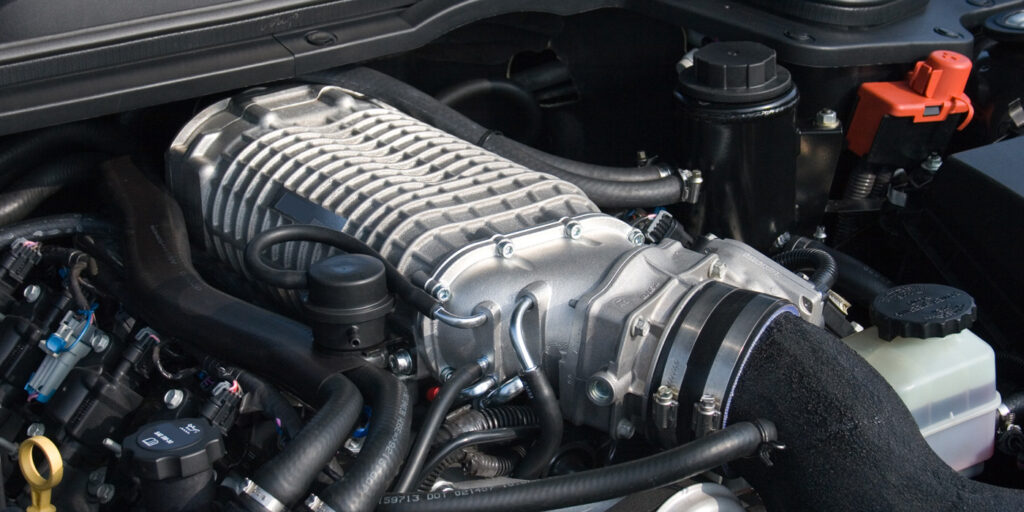![]() Tech Tip courtesy of Timken.
Tech Tip courtesy of Timken.
Signs of a worn wheel hub bearing vary in severity. Some may be difficult to detect, leading to damage before corrective action can be taken. The time frame in which damage occurs is linked to driving conditions and/or the mechanical practices that were followed at installation. Noise is a classic sign of a bad wheel bearing or wheel hub bearing. Here are some indicators of a worn wheel hub bearing or other wheel-end damage:
• Snapping, clicking or popping.
This can indicate a worn or damaged outer CV-joint. However, it also can be related to excessive bearing endplay, usually associated with inadequate clamping. This noise is typically heard when cornering or making sharp turns.
• Grinding when the vehicle is in motion.
Typically, this means there is mechanical damage in a wheel-end system. Related to a bearing, it means a loss of integrity such as roller or raceway damage. The noise is normally heard when turning or when there is a shift in load.
• Knocking or clunking.
This can signal excessive play in the CV-joints or U-joints. It also can be caused by excessive backlash in the differential gears. This is not generally associated with bearings and is normally heard either when shifting from changing directions, such as from forward to reverse, or transitioning from accelerating to coasting.
• Humming, rumbling or growling.
These noises are normally associated with tire, electrical or drivetrain components. If bearing-related, the noise or vibration is present when driving in a straight line, but intensifies when turning the steering wheel slightly to the left or right. Typically, the side opposite the rumbling is the defective side.
• Wheel vibration and/or wobble.
This is generally associated with a damaged or worn tire, wheel or suspension component or severe chassis misalignment. When related to the hub or bearing, this normally indicates the loss of clamp or a bearing with extreme mechanical damage. It also can occur when lug nuts are not properly torqued.
• Shudder, shimmy or vibration at a constant speed.
This is normally associated with worn or damaged suspension components or tires that are out-of-balance or out-of-round. It is not normally indicative of hub or bearing damage.
• Abnormal side pull when brakes are applied.
This is normally indicative of a defective caliper or equalizer, but it also can be a sign of worn brakes or rotors. However, severe looseness related to a bearing can also cause excessive runout, which may cause the brakes to pulsate or pull. The most common cause is a warped rotor due to the caliper not retracting.
• Uneven rotor or brake pad wear.
This is normally indicative of a bad caliper and/or a bad equalizer, which is not bearing-related. Severe looseness related to a worn or damaged bearing can cause excessive runout, which can cause uneven wear on the brake pads and/or rotor. The most common cause is a warped rotor due to the caliper not retracting.
• Abnormal or uneven tire wear.
There are many causes of abnormal tire wear. The most common are worn or damaged suspension components, misalignment, improper inflation or tire selection. While extreme bearing wear or looseness can cause abnormal tire wear, it is typically related to other failure modes.
• ABS failure, which could be internal or external to the bearing or hub bearing assembly.
In extreme cases, internal and external sensors can be damaged from excessive movement caused by too much end-play. This indicates a lack or loss of bearing clamp. This normally results from severe mechanical break up or damage. (Additionally, in designs where the sensor is mounted externally, sensor damage can result from corrosion, stones and other hazards.)
Note: When any of these symptoms or signs are present, take immediate action. Failure to act may result in severe damage, including loss of steering control, throwing a wheel or causing property damage or personal injury.
Warning: Proper maintenance and handling practices are critical. Failure to follow installation instructions can result in equipment failure, creating a risk of serious bodily harm. This tech tip is not intended to substitute for the specific recommendations of your equipment suppliers.
Maximizing bearing performance and life remains an objective throughout The Timken Company, from design teams and manufacturing associates to our field sales team and distributors. For more information regarding Timken automotive products and services, visit www.timken.com or contact your local Timken distributor.











